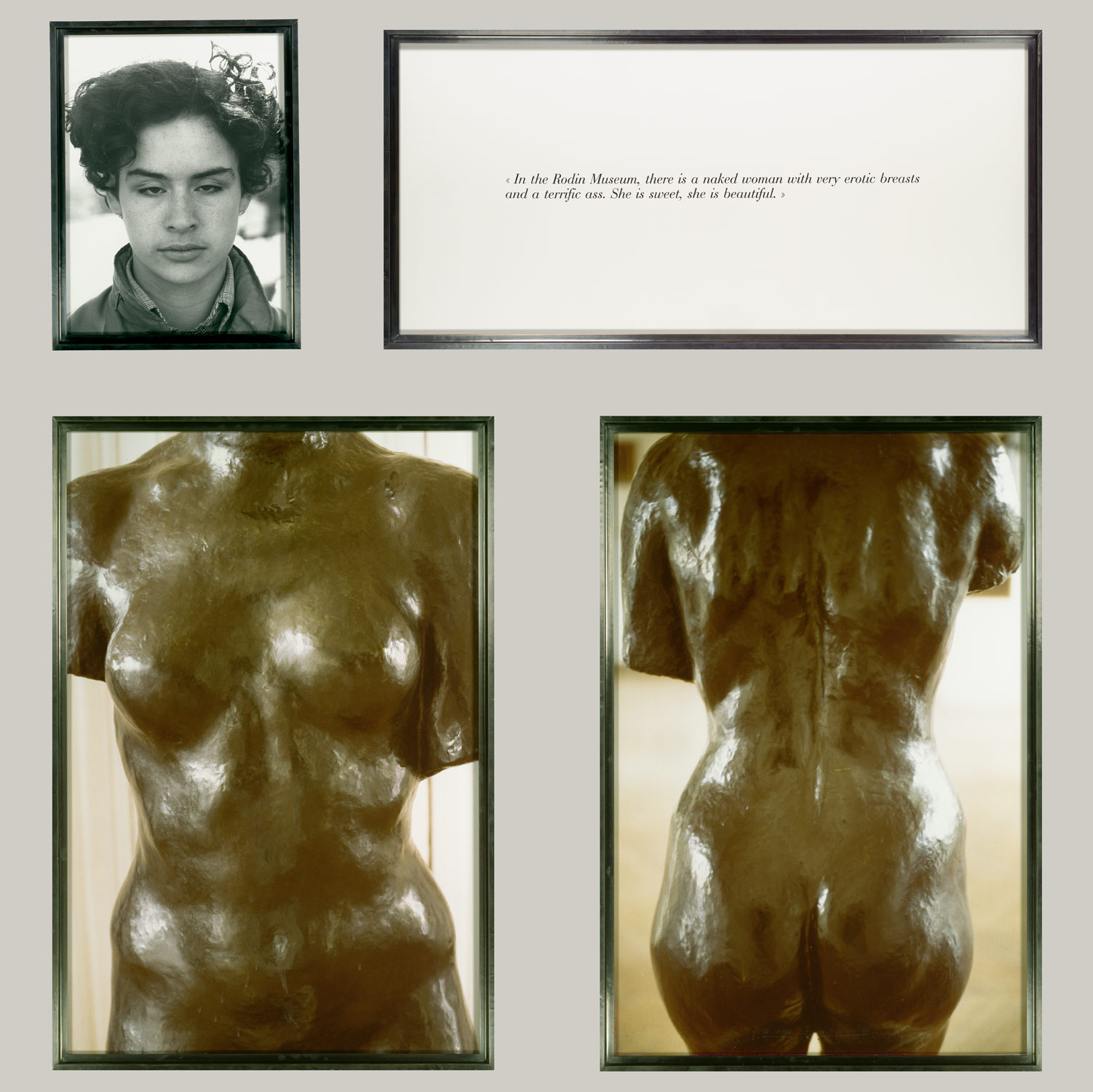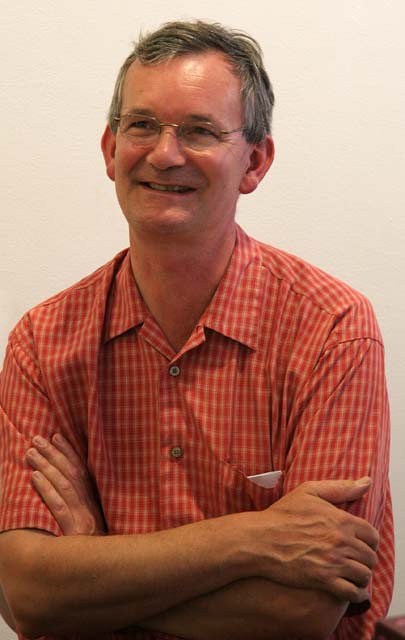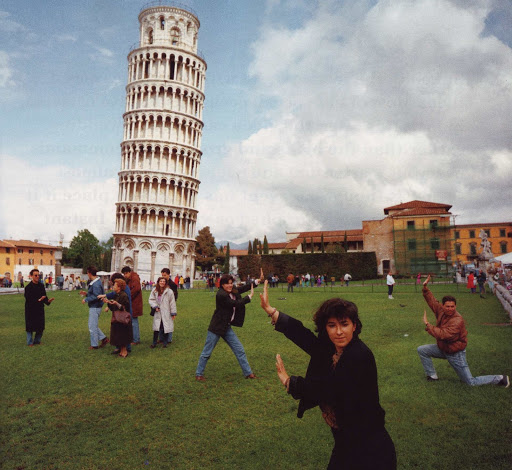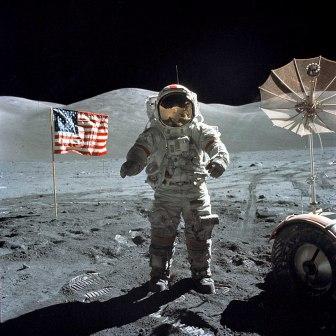Sophie Calle Research
Sophie Calle is a French photographer but is more of an artist who was born in 1953 and has a more conceptual approach. Her work is about human venerability and examines identity and intimacy. She is recognised for her detective like ability to follow people and goes into their private life.

She has done lots of photography projects Which almost all involve an idea behind it so that the viewer has the full experience of the photo. Such as her project called...
The Blind
In this project She interviewed 22 blind people and asked them what was their definitions of beauty are. She then took a picture of what they said, put it next to a picture of them and then put a quote of what they said. One blind person said, 'In the Rodin museum there is a naked woman with very erotic breasts and a terrific ass. She is sweet, she is beautiful.' Here is the picture of the person, the quote and the picture of beauty.

I like this project because it is interesting to see what they would find beautiful because the things that we see, some everyday, are beautiful such as one person says they love the colour green because when anyone tells him something is nice it would be green like trees and grass but we take seeing these things for granted.
The Shadows
Another project is called the shadow, which also has story behind it. Sophie got her mum to pay a private investigator to follow Sophie. She then went to places with meaning to her but looked like ordinary places to the investigator, for example the park where she had her first kiss. She looked at the photos after and none of them had her face in it and her figure looked like a shadow and so she called the project this.

I like this idea because it shows us that places that have meaning to us cannot be figured out by anyone else. It is interesting to see what the investigator will think of the places that she went. To someone else it looks like an ordinary day but too her it has meaning.
Take Care of yourself
This project started of with an email from her boyfriend saying that he was dumping her and the last words were take care of yourself. Here is the letter.

Because he wrote an email instead of saying this to her face she started creating things like crosswords saying all the different words about their relationship and the break up. Here is the crossword.
She also got a people to analyse the letter, she got a grammarian to read out the grammar and a psychologist to tell her what the man was feeling and thinking when he wrote this.
I don't like this work because it is more based around her and her boyfriend. I like the idea of it but I think it is mostly for revenge and a lot more personal than her other work and so I don't feel comfortable in reading the letter and judging her boyfriend. We don't know enough about the situation as it is only her side of the story.
The Hotel
This project was about what type of things people had in a hotel room. Sophie Calle got a job in a hotel as a maid and so she go into rooms in the hotel. She then used this to get into peoples rooms while they were away to take photos of what was inside their bags and other things. she photographs the momentarily unoccupied hotel rooms: she photographs the unmade or never slept in beds, the stray items left in bathrooms, the contents of suitcases and closets; she reads letters left lying in the open, takes photographs of the guests, and does even more.
I like this idea because we can see what the people who are staying there are like even though we haven't met them.
The Address book
In this project, she found an address book on the floor and so she photocopied it before giving the original back to the owner. She then looked at the people in the phone book and phoned them up so that they could give an interview about this man. She would then write down what they said and put it into a newspaper article which was to be read by the owner. One day he realised that the article was about him and so he sued her. He then went on to hire a private investigator who found some naked photos of Sophie Calle and he wanted to put them in a newspaper. Here is the picture of an article which was in the newspaper.
I like this idea because like her previous work it tells us about the person yet we haven't met them. It is also good because she found it and had the imagination to come up with an idea about it which I thought was very clever.
Overall I think Sophie Calle is a good photographer and has very interesting projects. On the other hand her projects are very intimate and I don't feel comfortable reading them because it is giving us an insight into people's lives without them knowing.








































